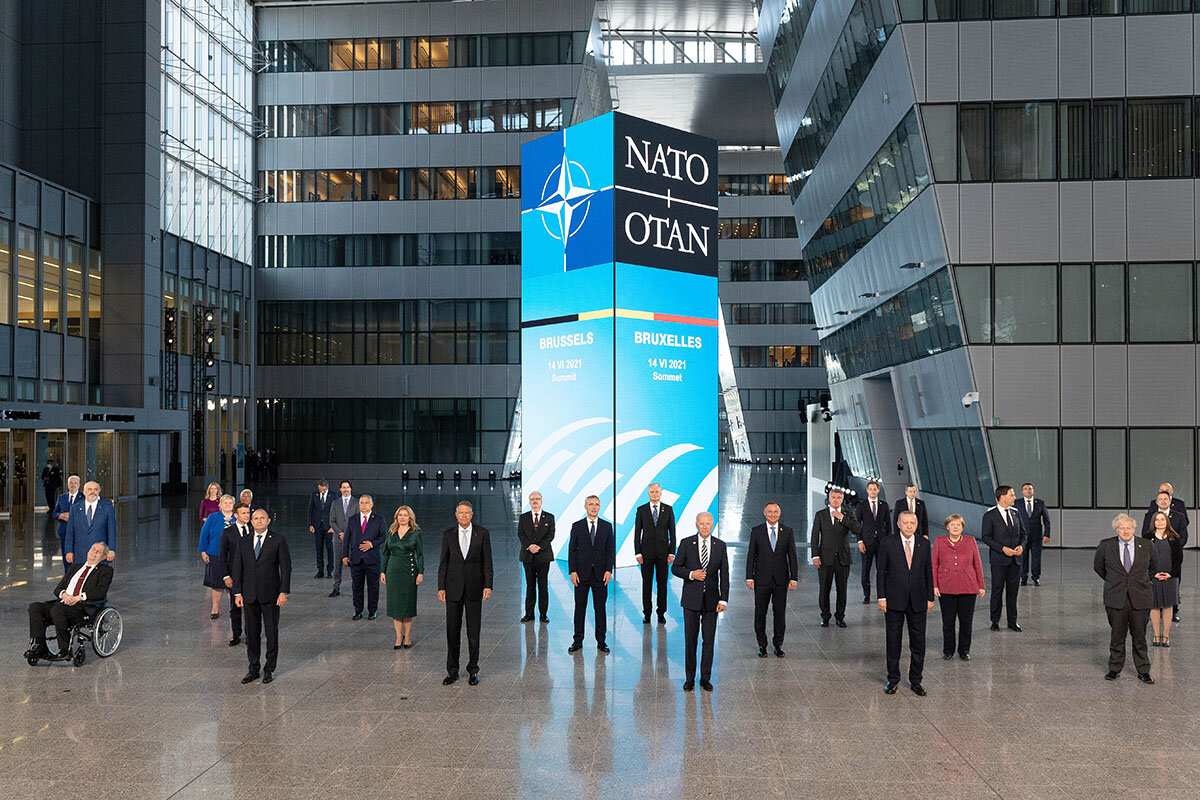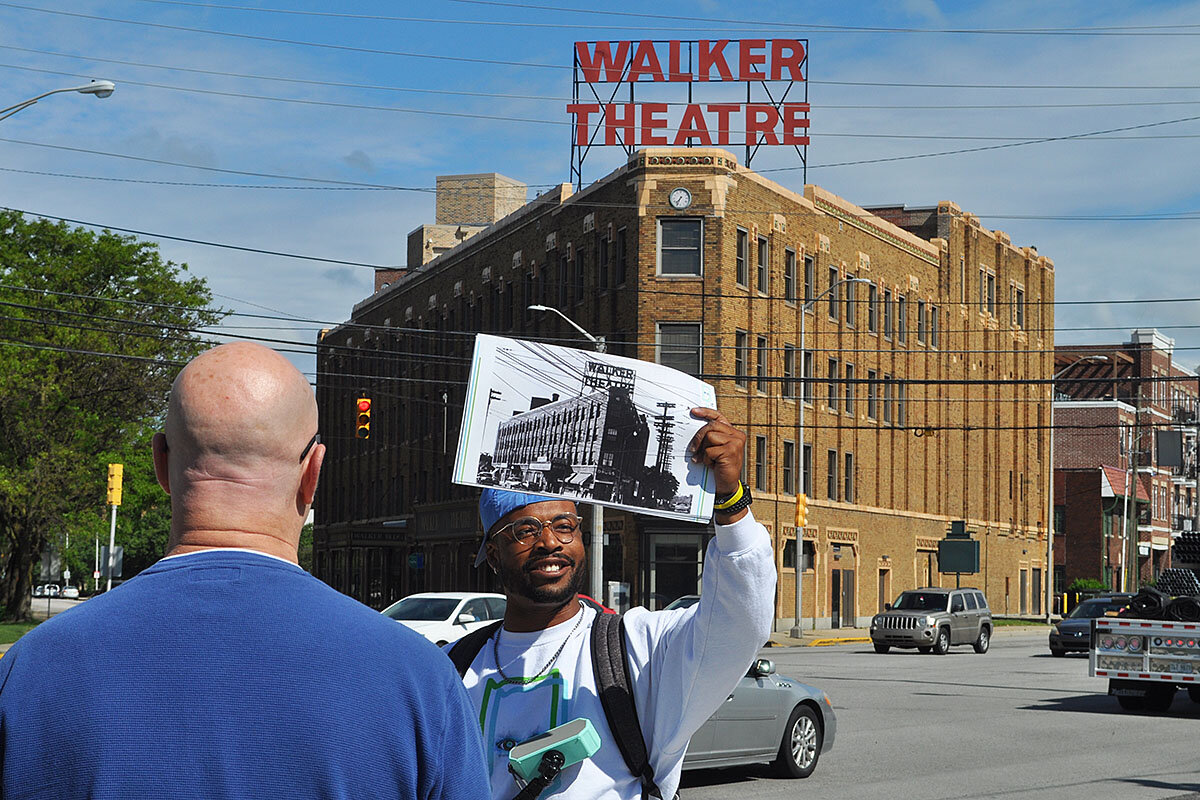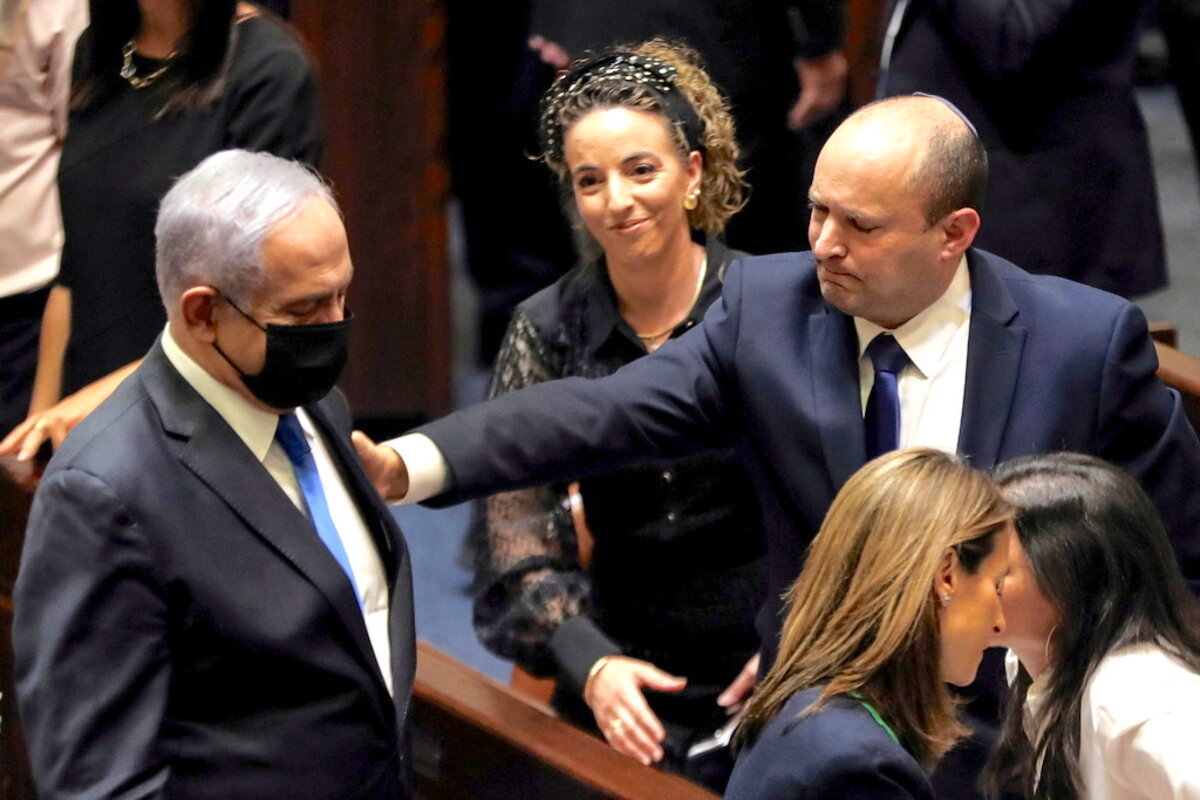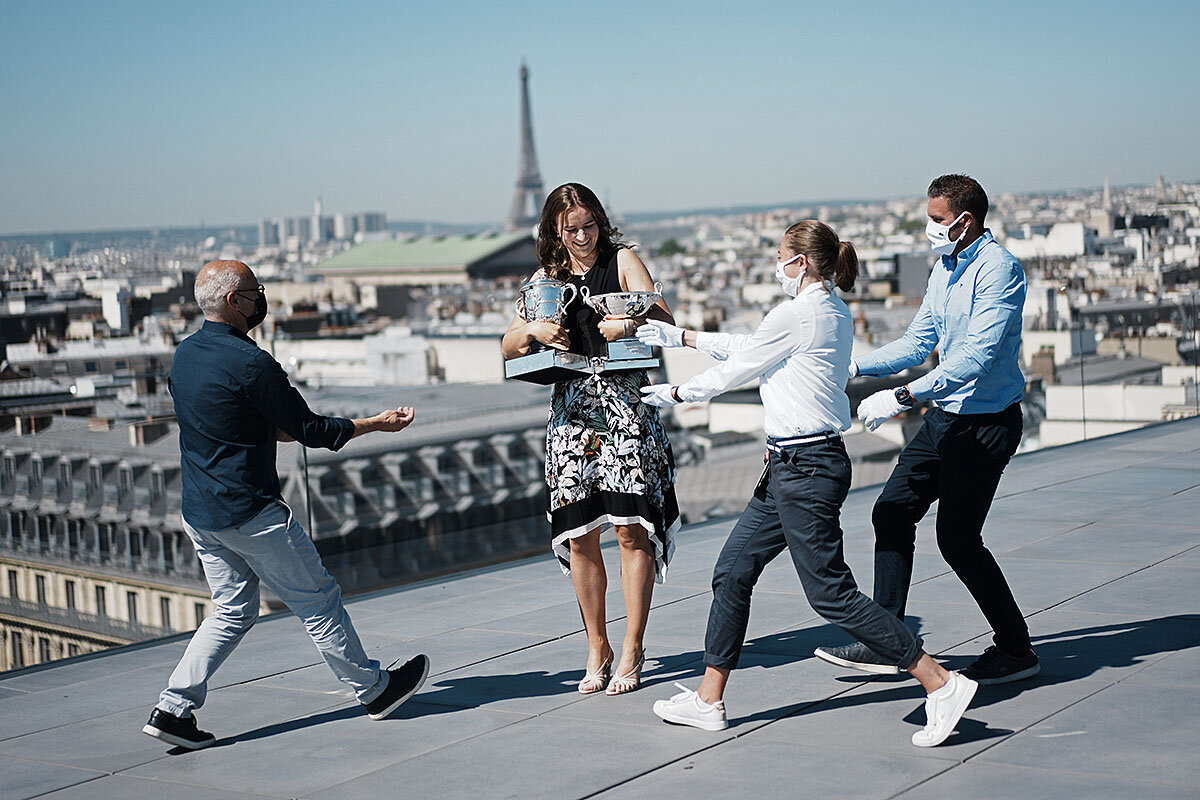President Joe Biden’s approach to international alliances and shared values has helped inject a renewed sense of purpose into NATO. But could its focus become too diffuse?
Monitor Daily Podcast
- Follow us:
- Apple Podcasts
- Spotify
- RSS Feed
- Download
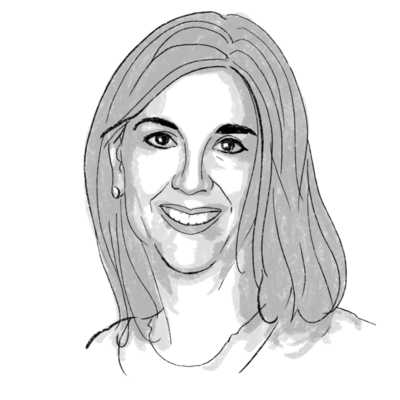 April Austin
April Austin
Darnella Frazier did not set out to become a citizen journalist. Still, the Pulitzer Prize committee, which honors exceptional journalism, on Friday awarded the Minneapolis teenager a special citation. It recognized Ms. Frazier “For courageously recording the murder of George Floyd, a video that spurred protests against police brutality around the world, highlighting the crucial role of citizens in journalists’ quest for truth and justice.”
Honoring her bravery and determination is important. Her 10-minute video, which has been called “one of the most important civil rights documents in a generation,” helped make possible the rare conviction of a police officer in the killing of a Black person. But what has largely been ignored in the excitement over the award (which carries a $15,000 prize) is the ongoing cost to Ms. Frazier’s peace of mind. She has consistently avoided giving interviews, which could cause her to relive the trauma of Mr. Floyd’s death. To escape reporters, her family has been forced to move from hotel to hotel.
The mainstream press has not always treated people of color with respect or empathy. So it’s not surprising that some communities distrust reporters in the same way they distrust law enforcement. The advent of cellphones and the ability to record videos has placed the tools of journalism into the hands of people who have often been misrepresented and disbelieved.
Mikki Kendall, a Black journalist, points out that in Ms. Frazier’s case, the Pulitzer committee failed to seize a historic moment to expand journalism’s highest prize to include new voices. She wrote in an opinion piece on CNN.com, “A better recognition for Frazier’s work would have been inclusion in an existing category, or the creation of or call for a new category honoring citizen journalism.”
Ms. Frazier’s video brought racism and injustice to light. “The world needed to see what I was seeing,” she has said. Her motivation goes to the heart of what good journalism does.




